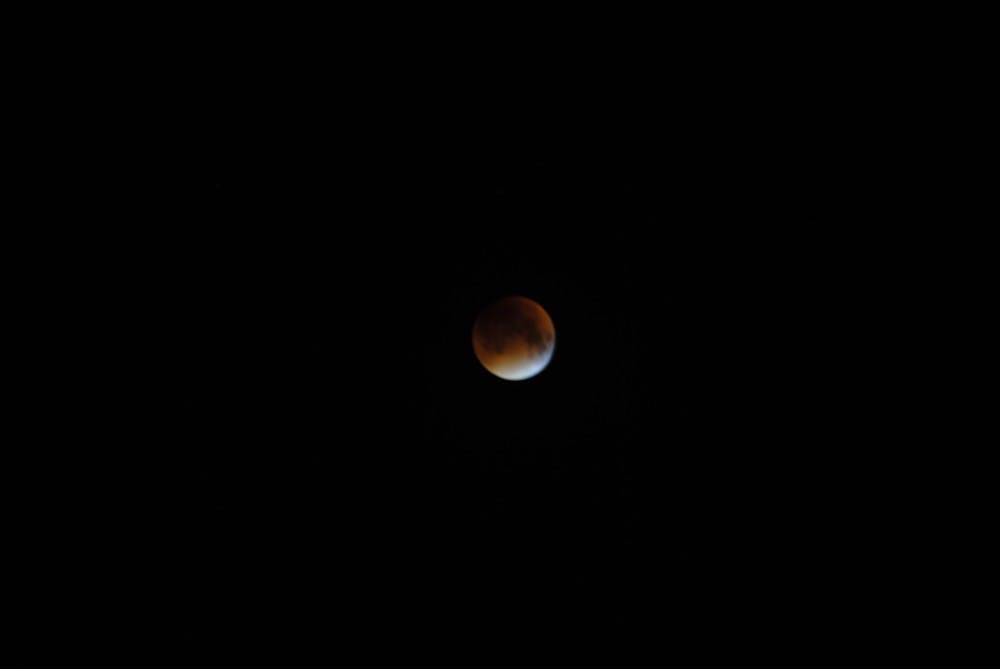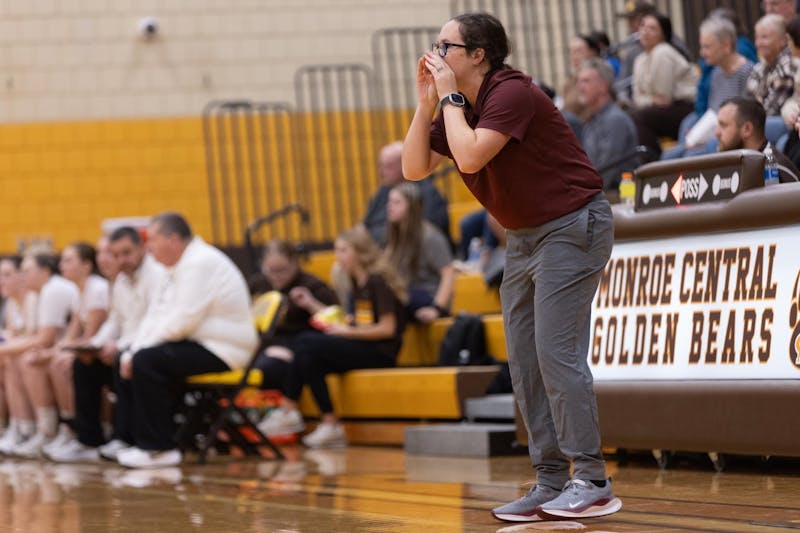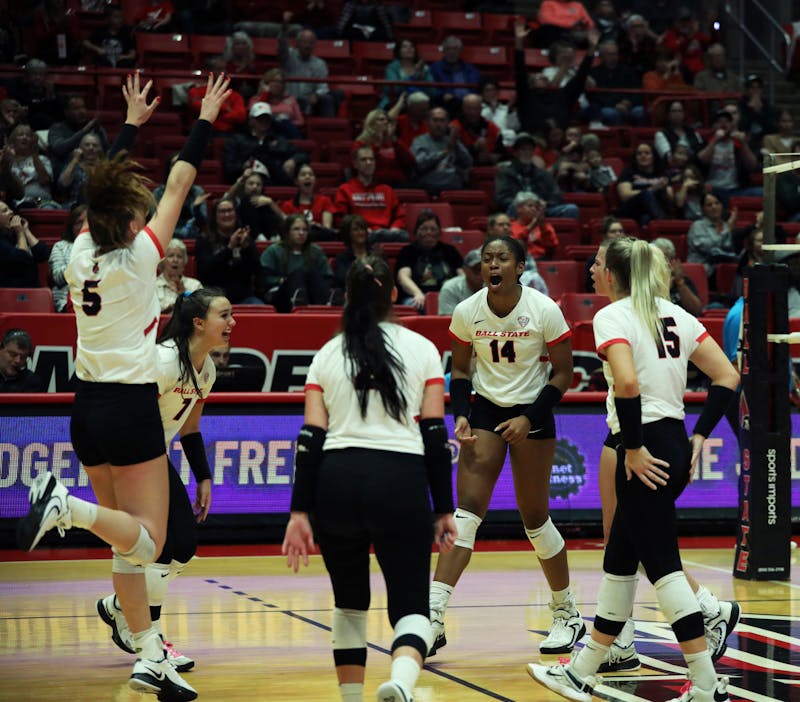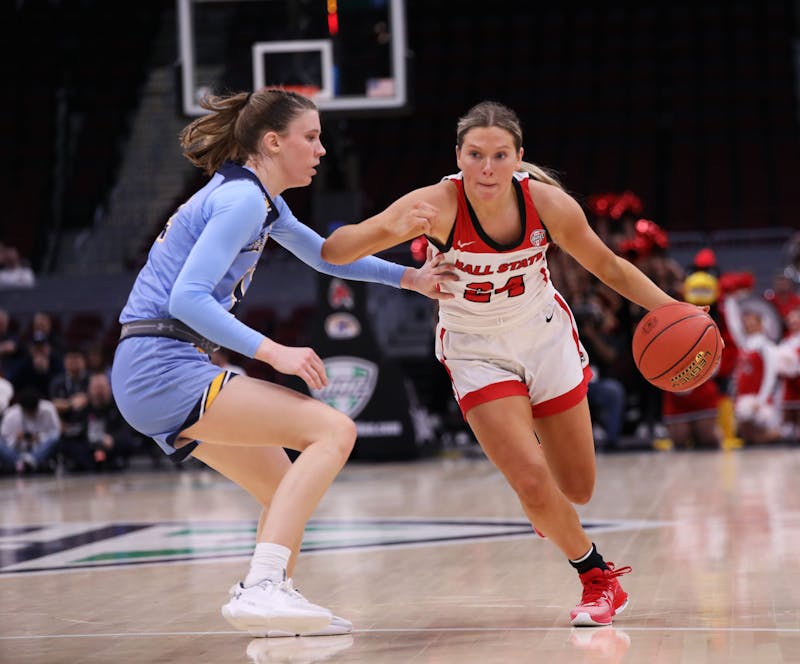As early as 8 p.m. on the night of Sept. 27, students gathered outside of dorms and on university lawns to catch a glimpse of the blood moon eclipse.
The moon wasn’t visible on campus until 9:30 p.m. because of heavy cloud coverage, but after the clouds cleared, students were able to see the moon turn red and watch the second half of the eclipse.
Usually, a supermoon occurs once a year because the moon’s orbit is elliptical. On one night a year, the moon is closer to the earth than normal. This causes the moon to look about 30 percent brighter and up to 14 percent larger, according to NASA.
Full and partial lunar eclipses are common and occur about twice a year. This event was special because a blood moon, a lunar eclipse and a supermoon happened on the same night. According to NASA, the last time this happened was in 1982, and it won’t occur again until 2033.
This year’s red-hued supermoon was the last one of a lunar tetrad, which is four successive total lunar eclipses, with no partial eclipses in between, each of which is separated from the other by six lunar month, according to NASA.





The Daily News welcomes thoughtful discussion on all of our stories, but please keep comments civil and on-topic. Read our full guidelines here.